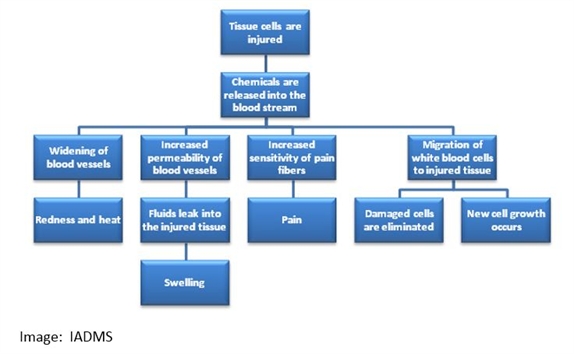Blog
Blog
Alignment of the leg and its impact on the dancer's knee: Clips from the 2014 Annual Meeting
Presented by: Liane Simmel
Over the last decade as more and more acrobatic movements invaded the various dance styles, the strain on the dancer’s knees has largely increased. Training on hard, inappropriate floors or dancing choreographies in high heels can add even more problems. Pirouettes on the knees, knee drops, and even a plié in fourth position require particular leg stability and optimal mobility in the knee. But dancers often pay little attention to their knees. They are seldom specifically warmed up, directly trained or used consciously in everyday life. Nonetheless, their functionality is a top priority if dancers’ knees are to be kept fit and healthy.
Read ArticleAn Introduction to Dance Injury
Author: Elsa Urmston on behalf of the IADMS Education Committee
Well, it’s the moment that all dancers and their teachers dread. Sustaining an injury in dance can be at best, a ‘momentary’ interruption to dance training and performance, at worst a career-ending catastrophe. Thankfully, dance medicine and science colleagues have produced a vast range of conditioning and injury prevention strategies to enable dancers to be stronger and ever more versatile, as well as take ownership over injury if, as and when it might occur. Yet of course, by just looking at the repertoire of our modern dance and ballet companies, we can see that choreographers and audiences have increased their expectations of what the human body can achieve. Injury remains a very real possibility.
Read ArticlePage 1 of 1
- IADMS 34th Annual Conference - Experience Point of View: Jennifer Milner
- IADMS 34th Annual Conference - Experience Point of View: Joanna Nicholas
- IADMS 34th Annual Conference - Experience Point of View: Erika Mayall
- Beginning ASL for Medical Students & Health Practitioners
- Relative Energy Deficiency in Dance
